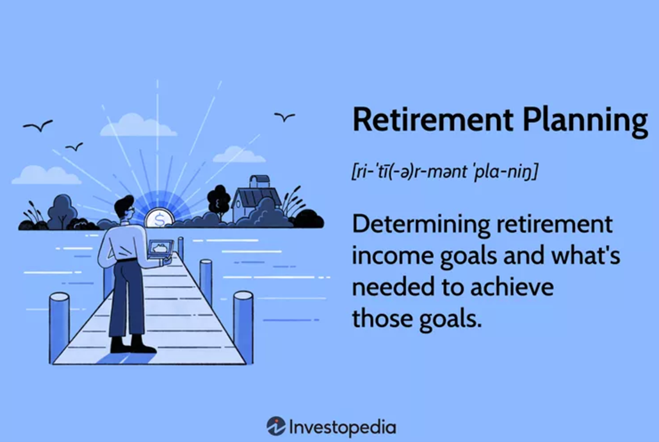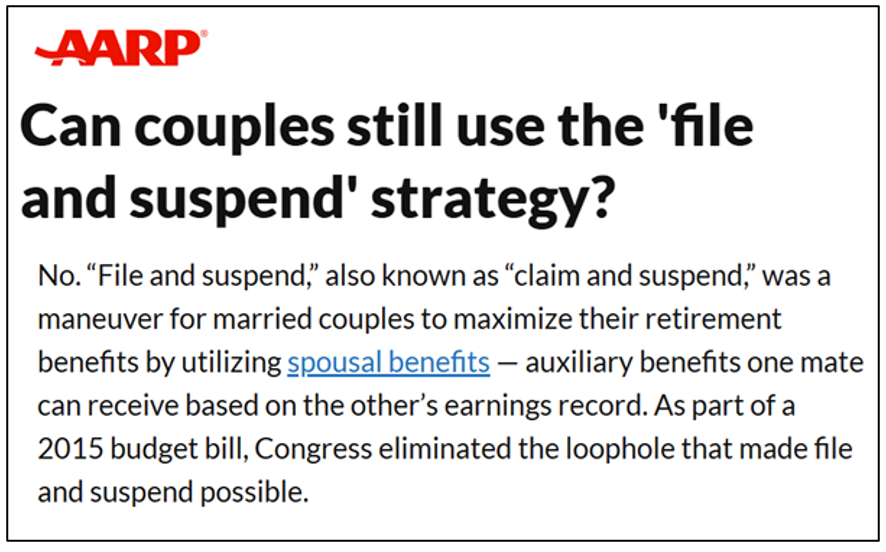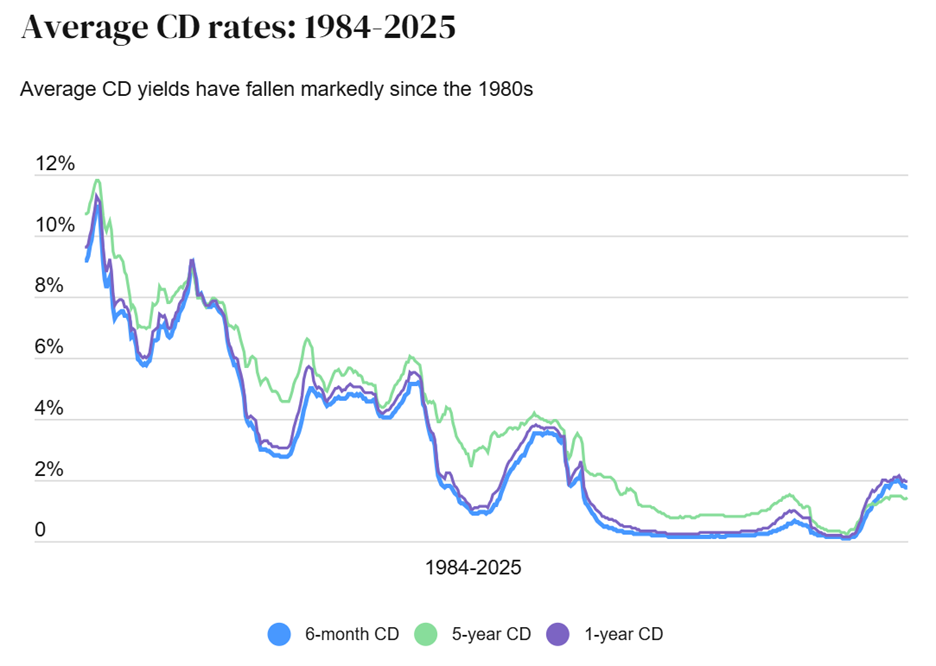 |
| By Nilus Mattive |
My Dad has always been there for me — whether it was coaching my childhood soccer teams or helping me move from one corner of the United States to another.
So, one of the great rewards of getting older and gaining expertise of my own is that I have been able to turn around and start repaying him for all his support over the years … in some cases, literally!
In fact, by the time I was in my 20s and working on Wall Street, Dad and I were regularly talking about money matters and his own retirement plan.
After working his way through college and climbing up the ranks at state mental health facilities, he had finally become the director.
And although he was earning a good salary, he was hardly getting rich.
We agreed that our goal would be to supercharge his wealth as much as possible from that point onward.
I’m proud to say we succeeded.
Dad’s now 77 and comfortably retired. He bought a house in Myrtle Beach and plays golf several times a week. And he can pretty much fly out here to Santa Barbara whenever he wants to see me (and his granddaughter).
A lot of that is the result of groundwork we laid between 2009 and 2011 — as the Financial Crisis was unfolding.
So, today, with a lot of people getting hammered by the market action, I thought it would make sense to revisit three of the major moves I helped him make back then … moves that substantially improved his finances from that point forward.
Move No. 1: Thinking About Life and Retirement More Flexibly
Once Dad got into his early 60s, he had a choice — retire early, keep working at the same place for a few more years or maybe even consider one last job move.
Retiring early wasn’t all that appealing to Dad. He still liked his work. He had enough energy to keep going for a while. And he was making a difference in people’s lives.
At the same time, he had accrued enough years in the system to start collecting a pretty solid pension … and the future monetary returns of staying longer wouldn’t really be that great.
So, after a lot of debate, we decided he should try to split the difference — by retiring from his current position if he was able to find another job or consultancy gig.

Now a lot of people would say it’s nearly impossible to switch jobs at such a late point in someone’s career. After all, even if an opportunity is available, it’s hard to make the change emotionally.
Dad definitely felt that way. He’d been in the same system for many decades, and he’d never lived anywhere other than Pennsylvania. He was comfortable.
Still, he started putting out feelers through various recruiters. And he ended up getting a solid offer near Charleston, South Carolina, where a similar hospital needed his deep experience for at least a few years.
After a lot more debate and discussion, I recommended he go for it — both for the personal growth and the financial gains.
It turned out to be a scary — but terrific — decision.
He was able to retire from his first job and start collecting his pension. He started earning a new salary (and saving much of it aggressively). Plus, as a bonus, he ended up vesting into a whole second pension system!
Along the way he made new friends and explored a new part of the country … which is what eventually prompted him to buy his retirement home a few hours out on the coast.
Obviously, this might not be a move you can make personally.
Maybe you’re already retired.
Maybe you don’t want to pack up and move somewhere else.
But the bigger point is thinking flexibly about what you’re doing right now … where you’re doing it … and whether there might be some interesting possibilities you haven’t really considered yet.
Move No. 2: Make Good Social Security Decisions
If you aren’t yet retired, but you also can’t trade up to a new job or make a serious career change, you still have another card to play — making good decisions related to Social Security.
Amazingly, most Americans do NOT do this.
They simply collect the minute they can, or at best, file at “full retirement age.”
In my dad’s case, we went way deeper.
First, I had him file and suspend his own benefits.
Next, when my mom started collecting her benefits, I had Dad collect spousal benefits on her work record.
Then, at age 70, he filed for his own (MUCH) higher, fully maxed-out benefit checks.
Seven years later, he has already broken even on those moves and now stands to make substantially more money from the system every year going forward.
I figure these moves will easily net my parents an extra $100,000 or more in lifetime income out of Social Security. It requires no nest egg whatsoever. And it entails no market risk.
Now, some of these strategies are no longer possible. In fact, a few were taken off the table precisely because I helped popularize them at Weiss back in the day.

However, there are still better and worse ways to use the system. Much of it will depend on your own health … your personal finances … as well as your marital status.
But as my dad would tell you, taking the time to game everything out is totally worth it.
Move No. 3: Making a Better Investment Plan
Finally, we come to an area that everyone needs to consider — whether just starting their career or already in retirement.
When Dad left his Pennsylvania job, he had a chunk of deferred compensation that I recommended putting into an IRA account.
Of course, the next big decision was what to do with the money itself. Dad had never really invested on his own before, and he favored very conservative choices like CDs or money markets.
However, when we reviewed the options, it was pretty clear that 0.06% a year was not going to cut it.

So, starting in July 2010, I helped him invest $100,000 of the savings in dividend-paying stocks and other income-producing assets. I also had him start selling options for extra gains and less portfolio volatility.
The result?
Within a few years, Dad was able to peel off $54,148 in total profits while still keeping the original $100,00 invested for even more future upside and income potential … a plan that remains in place all the way to the present.
Meanwhile, if he’d stayed in a money market, he’d probably have just a few grand extra 15 years later!
How does this relate to today?
Well, if you’re unhappy with what your portfolio has been doing, now is the time to make changes.
If you’re in cash, consider SLOWLY allocating to other assets.
Or if you’re in extremely aggressive investments that have been plunging, consider cutting some losses and rebalancing ahead of any further downside.
Don’t wait until “someday” … it often never comes.
Indeed, it seems like only yesterday that I was helping Dad make these decisions.
At the time, my daughter was a baby.
In a few months, she’ll turn 18.
Who knows … maybe another 10 or 20 years from now she’ll be helping me with something as I near my own retirement.
Best wishes,
Nilus Mattive

